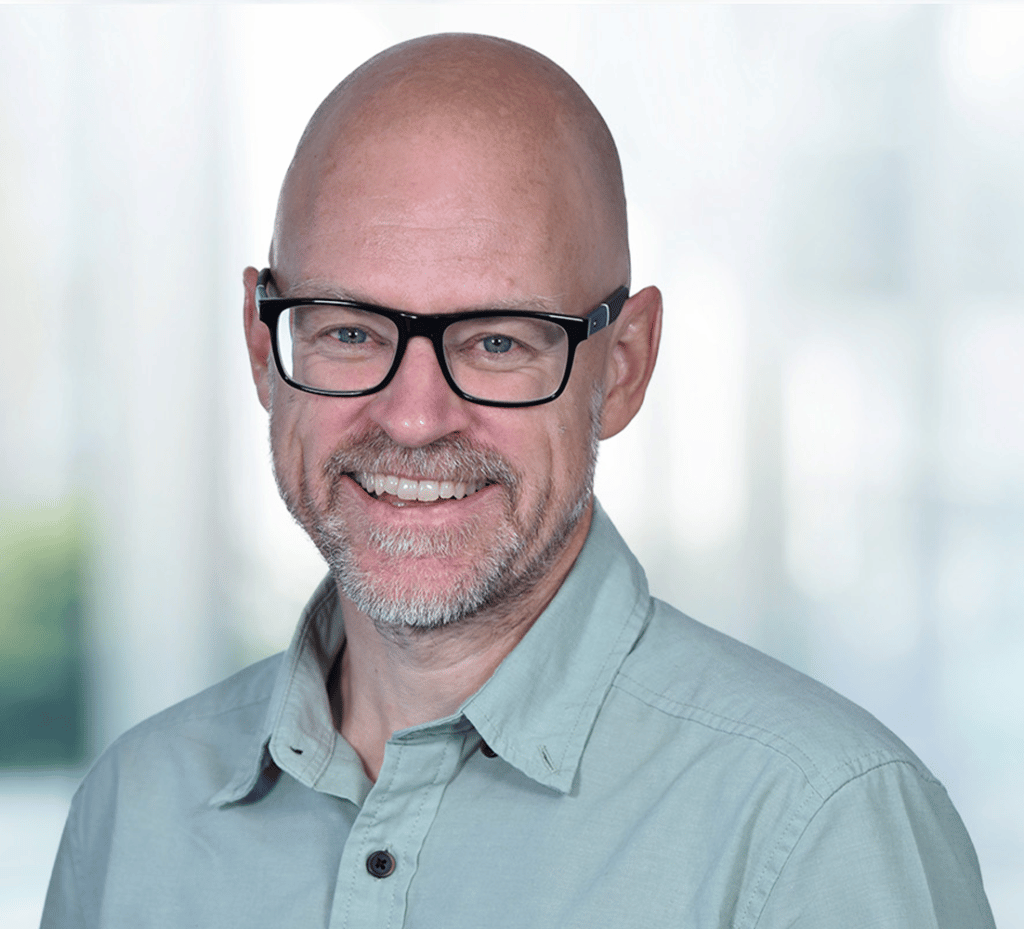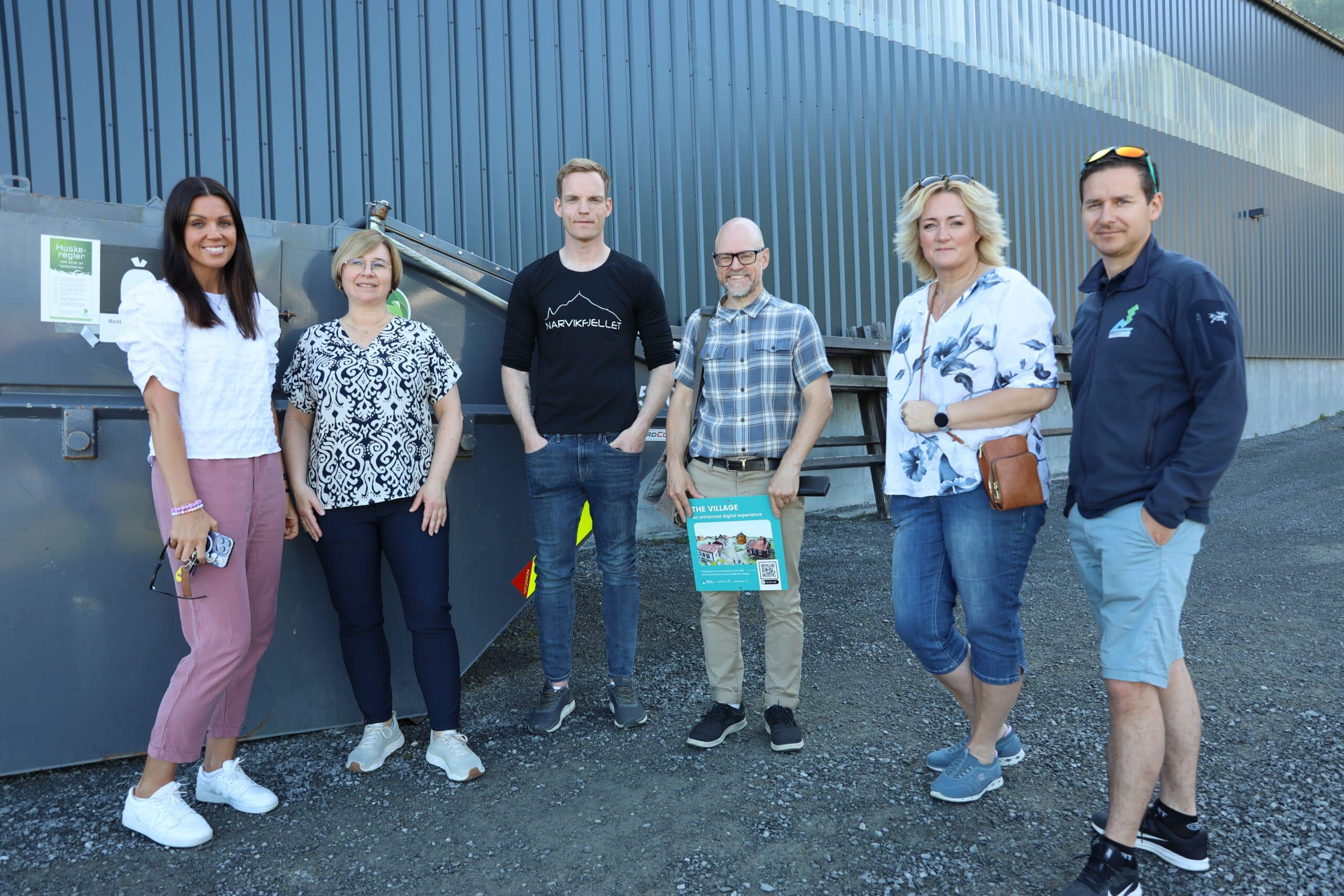Through digitization, the EU project AURORAL aims to enhance tourism experiences in rural areas. Narvik municipality is one of the pilot locations, and this year, the project is expanding to include logistics, transportation, and waste management.
Last year, people counters were installed at five selected destinations in the Hålogaland region to record the actual number of visitors to these attractions. These destinations included Stetind, Beisfjord Memorial, Fagernesfjellet, Rombaksbotn, and Tore Hunds Rike.
This year, the EU-funded project is being continued and expanded. People counters have been installed at Snolkehytta on Gratangsfjellet. At Fagernesfjellet, waste containers near Narvikfjellet skisenter are being equipped with sensors. In the latter case, Hålogaland Ressursselskap (HRS) is a new partner.
"The sensors provide us with valuable data that we can use to streamline our logistics. The measurements made by the sensors tell us how full the various garbage bins are and when and where we need to empty them," explains Line Dalhaug, Environmental and Development Manager at HRS.
In practice, this means that containers are emptied as needed and not on a fixed schedule.
"Until now, we've emptied them at fixed times regardless of the fill level of the containers. With the new level sensors, we no longer need to come to half-full or overflowing containers. At the same time, it's environmentally friendly since the system creates an optimal route for us based on data from the sensors," she says.
Expanding the data set
For the AURORAL project, the data from HRS sensors are valuable because they can be correlated with data on the number of visitors to Fagernesfjellet.
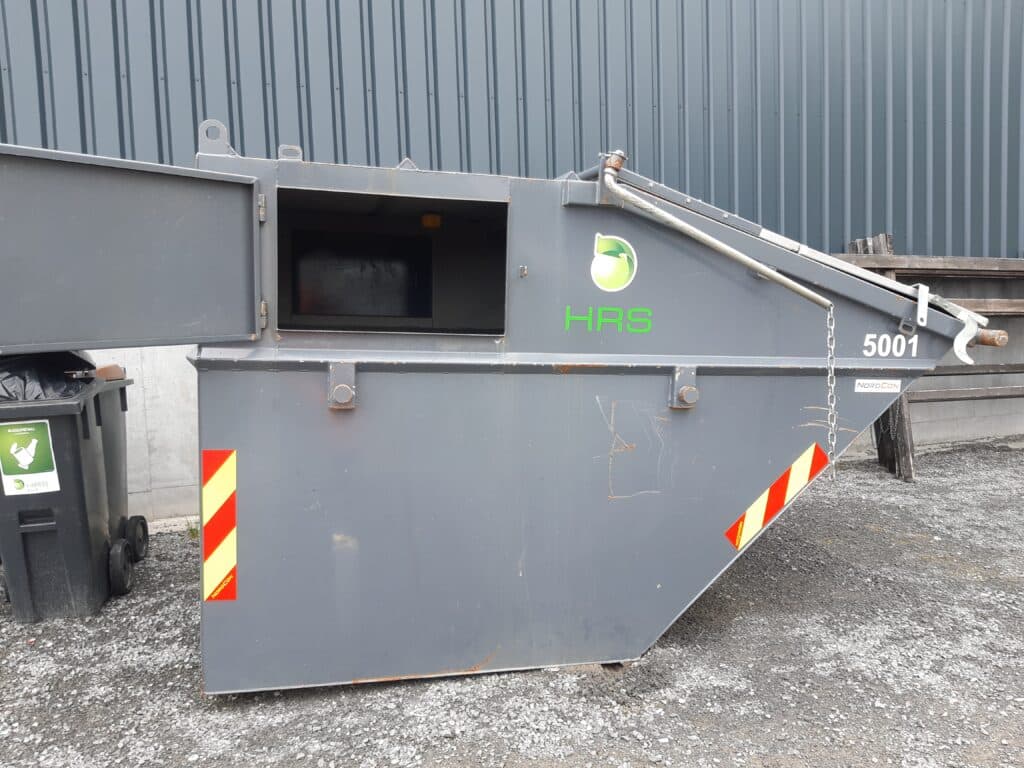
Narvik municipality's business subsidiary, Futurum, with project managerTruls Torblå at the helm, is responsible for AURORAL. They receive valuable support from Smart Innovation Norway through the Smart Narvik initiative and the tourism company Visit Narvik.
"Littering is often a problem at attractions like the ones we've focused on in the project, which is why we wanted to involve the local waste management company to explore possible solutions," says Mikael af Ekenstam, program manager at Smart Narvik.
As part of the AURORAL project, various signs with QR codes have been set up at the six attractions in the region. By scanning these codes with their smartphones, hikers receive an introduction to the place they are visiting, along with guidance to additional historical sites in the area.
"Data from the people counters and QR codes give us greater insight into how many people visit the attraction, when they arrive, and where they come from. This provides a basis for visitor management and tailoring new services and experiences for those who visit the destination," says Mikael af Ekenstam.
He is eager to see what additional information the data from the level sensors at Fagernesfjellet can provide to the project.
"If we can correlate data from the people counters, for example, with data from the level sensors, it may become easier to predict exactly when it will be necessary to empty the waste containers, thus avoiding littering," explains af Ekenstam.
More efficient waste collection
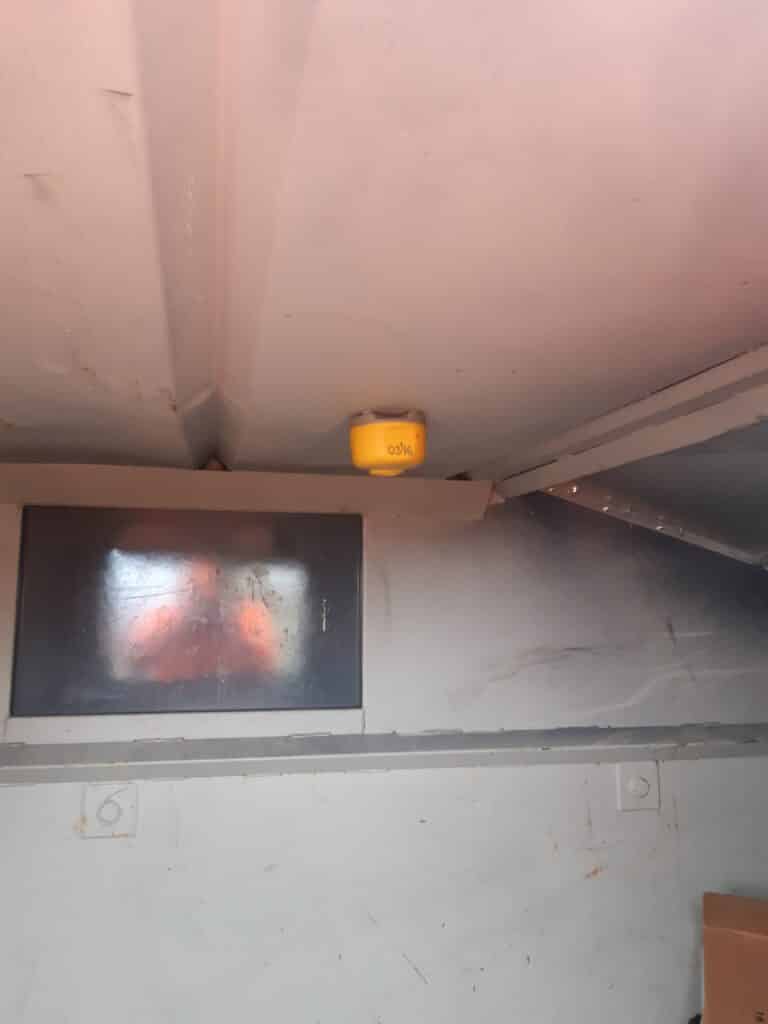
Fagernesfjellet towers over the city center of Narvik. The highest peak is 1,272 meters above sea level, and the Narvikfjellet ski resort, the largest complete alpine facility in Northern Norway, is located on the city side of the mountain. In November 2022, an atmospheric icing research station was opened in the area.
The mountain, close to both the city and the coast, is a recreational area, and there is a high influx of tourists and residents year-round, with winter and summer being the peak seasons.
The number of visitors affects commercial waste management in the area, and it is sometimes challenging to keep up with changes in capacity requirements. The Environmental and Development Manager at HRS believes that the level sensors installed in the containers will significantly improve the situation.
"No one benefits from overflowing containers while it is neither profitable nor environmentally friendly to drive out to empty half-full containers. We have great faith in this solution. AURORAL has initially focused on commercial waste management, but we have already ordered 90 new level sensors for a larger pilot project on household waste management," says Dalhaug.
Great potential
The AURORAL project began in 2021 and will run until 2024. Narvik municipality is one of eight European pilots within one or more of the project's focus areas: agriculture, tourism, mobility, energy, and health.
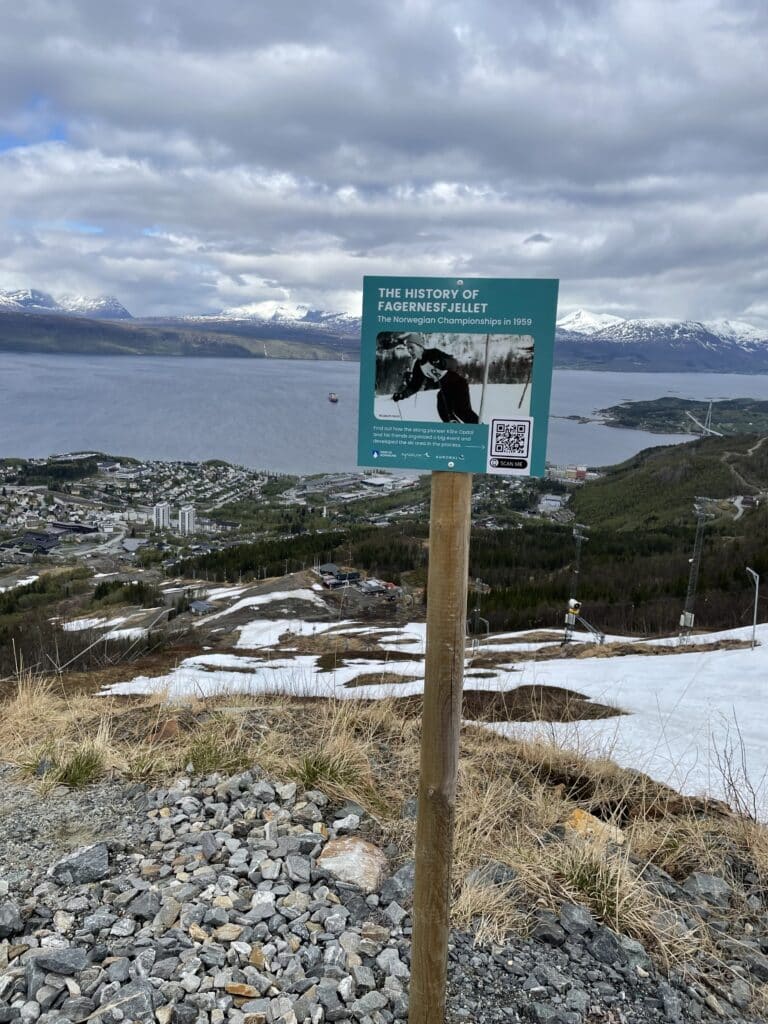
The goal is to explore how digital platforms can make it easier to live and work in rural areas in various parts of Europe.
Narvik will use knowledge, experiences, and data from the project to improve visitor management in the Hålogaland region and examine opportunities for new businesses and services.
"Access to data gives us, among other things, a solid foundation in application processes. Tourist destinations, trails, signage, and other elements require maintenance, and being able to document how many people are in the area strengthens our position when applying for funding from various sources," notes af Ekenstam.
Visitors can also contribute to the maintenance of AURORAL attractions. Information on how visitors can digitally contribute to the community is provided at all six tourist destinations.
Engaging the local population is an essential part of the project. This is done, among other things, through a local reference group that provides input to the project management team.
"Some of the results so far include increased maintenance of popular hiking destinations in our own area and better transportation options. Over time, AURORAL potentially leads to more jobs and more efficient and environmentally friendly waste management. We are eager to see the experiences we gain this summer," says Mikael af Ekenstam from Smart Narvik and Truls Torblå from Futurum.
